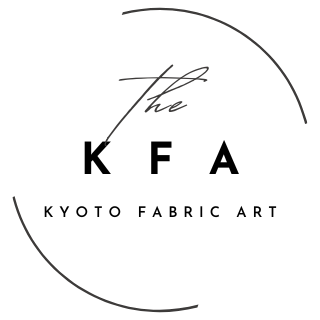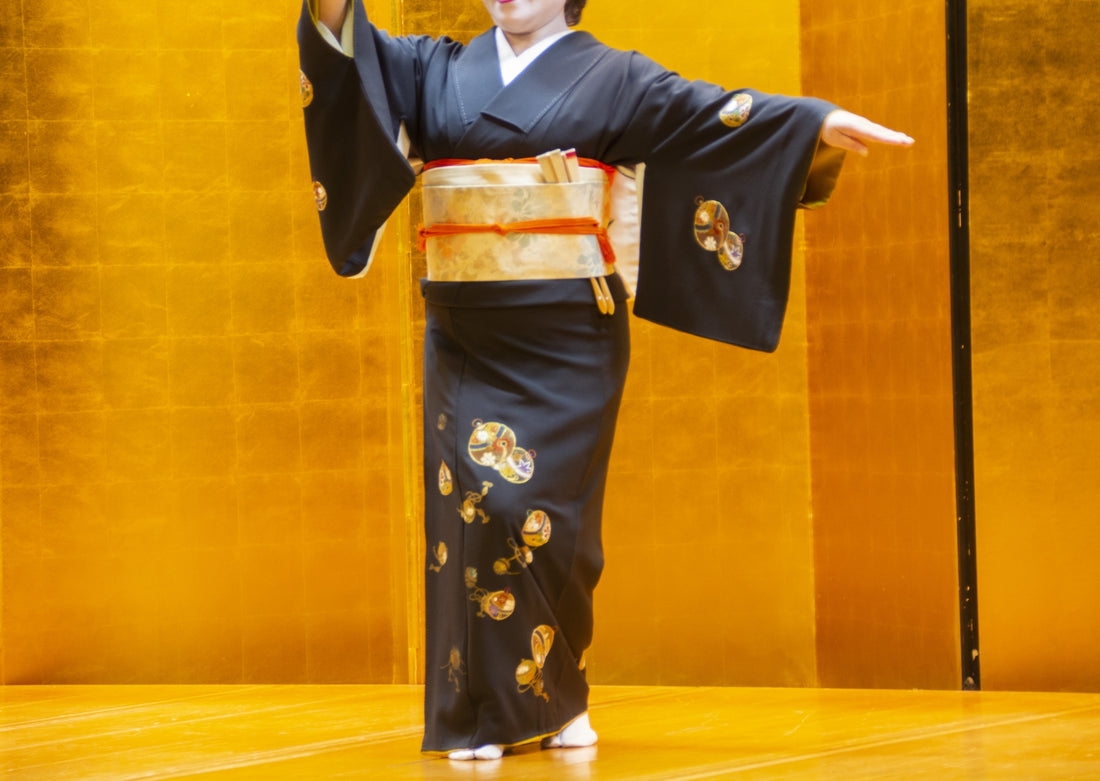Nihon Buyo, or Japanese traditional dance, is a refined art form characterized by its intricate movements and deep cultural roots. This performance art combines elements of dance, drama, and music, creating an immersive experience. The foundation of Nihon Buyo comes from Japan’s classical performing arts, particularly influenced by both Noh and Kabuki.
Nihon Buyo’s Origins and Influence from Noh and Kabuki
Nihon Buyo traces its origins back to the ancient mythological dance of Ame-no-Uzume, but its formal structure was heavily shaped by Noh theater and Kabuki. Noh, with its deliberate and slow movements, provides the ethereal elegance found in traditional Japanese dance, while Kabuki contributes a more dynamic and expressive style. The result is a unique blend of both, showcasing a full spectrum of emotions, from quiet grace to exuberant movement. Kabuki, in particular, with its visually captivating performances, continues to leave its mark on the stylistic development of Nihon Buyo.
Nihon Buyo includes the "odori" (lively, rhythmic movements) and "mai" (circular, flowing movements), which further distinguish its dance vocabulary. The use of traditional instruments such as the shamisen and taiko drums also ties the dance to its historical roots in classical Japanese theater.
The 5 Major Schools of Nihon Buyo
Nihon Buyo has many schools (or ryū), each maintaining its own specific techniques and philosophies. Among the most prominent are the following five:
- Hanayagi-ryū: Known for its meticulous choreography and elegance, this is the most populous school in Japan. Its performances are noted for their grace and precision.
- Fujima-ryū: Closely connected to Kabuki, this school is renowned for its dramatic flair and striking stage presence. It heavily emphasizes theatricality.
- Nishikawa-ryū: Established in the Edo period, this school holds the distinction of being one of the oldest, contributing classic pieces to the Nihon Buyo repertoire.
- Bando-ryū: Bando-ryū dancers maintain a strong connection to Kabuki, focusing on the expressive and dramatic aspects of performance.
- Wakayagi-ryū: Rooted in both tradition and innovation, this school is known for its complex movements and diverse repertoire, combining old and new styles.
The Role of Props and Music
In Nihon Buyo, props such as the traditional ōgi fan are integral to storytelling, adding layers of meaning and symbolism. Additionally, the musical accompaniment, often performed live onstage, further enhances the mood and emotional impact of the dance.
If you’re interested in exploring more about Nihon Buyo, particularly its connection to Japanese theater, consider visiting comprehensive guides on Japanese traditional dance like this Lina's Japan Journal or explore the influence of Kabuki on this cultural insights page.

